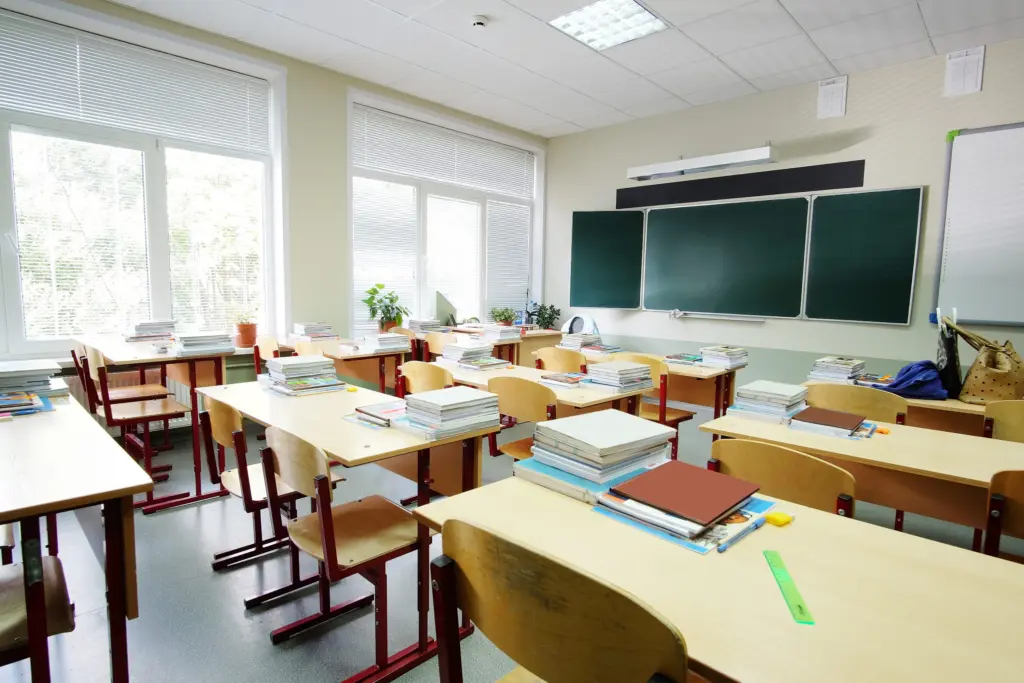BISMARCK, N.D.– State School Superintendent Kirsten Baesler said the Department of Public Instruction is beginning work to implement North Dakota’s new charter schools law, SB2241, which took effect last week.
The law includes timelines and requirements for public meetings for charter school developers. It orders the Department of Public Instruction to provide implementation details for the law by writing administrative rules, a process that includes opportunities for public comment and approval by the attorney general and the Legislature’s Administrative Rules Committee.
“While we aren’t yet accepting any applications for charter schools, we’ve had several informal inquiries from teachers, individually and in small groups, and other educators who are having conversations with potential local community sponsors in small and mid-sized North Dakota communities,” Baesler said.
Because thoughtful planning and input are needed to complete rulemaking and implementation of SB2241, Baesler said she does not believe any charter schools will be ready to operate during the 2025–2026 school year.
The new law assigns key responsibilities to the state superintendent, including:
- Creating the charter school application and review process
- Conducting public interviews with applicants
- Creating and monitoring performance agreements
- Providing detailed guidance on school formation and enrollment
- Enduring compliance and measuring and reporting student outcomes
The law mandates that charter schools must hire licensed teachers, following standards set by the North Dakota Education Standards & Practices Board.
Lawmakers believed the requirement would ensure consistency in educator qualifications, maintain the quality of instruction, and safeguard student learning across all public schools, including public charter schools.
Additionally, the law says an existing school may convert to a public charter school if a majority of parents/guardians of students at the school support the change.
“Our new charter school legislation is an option for local communities to decide whether the concept works for their students and their families,” Baesler said. “It expands education opportunities and provides a new way to promote innovation and offer more choice to families.”
